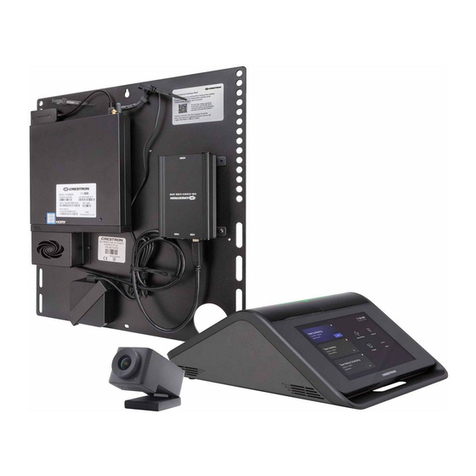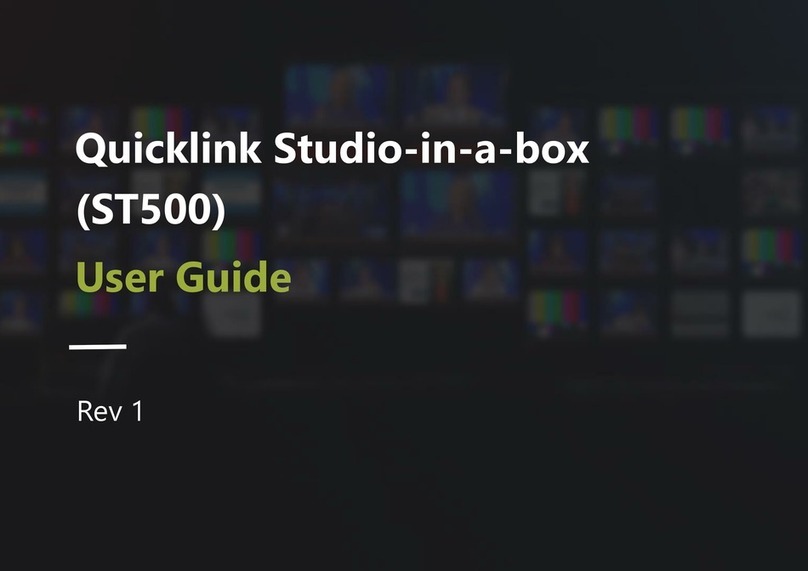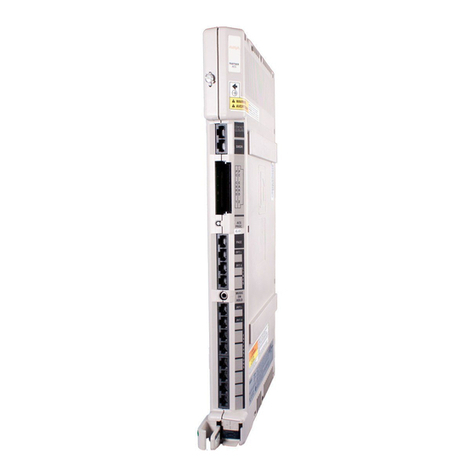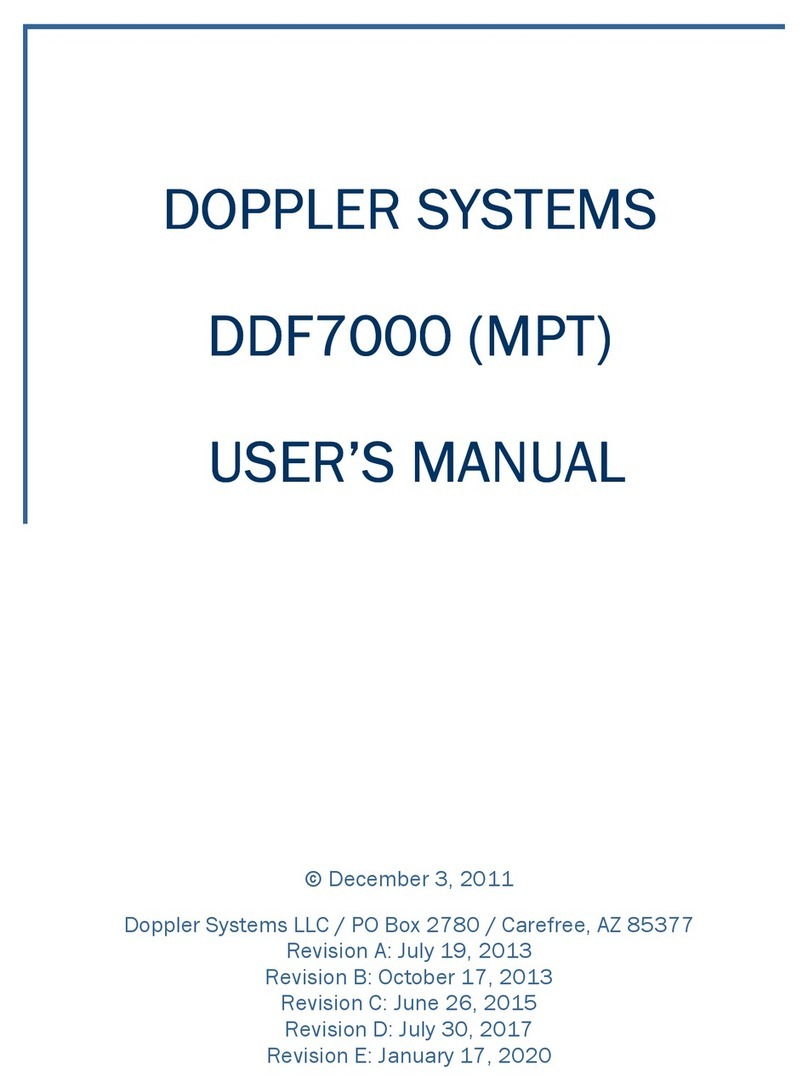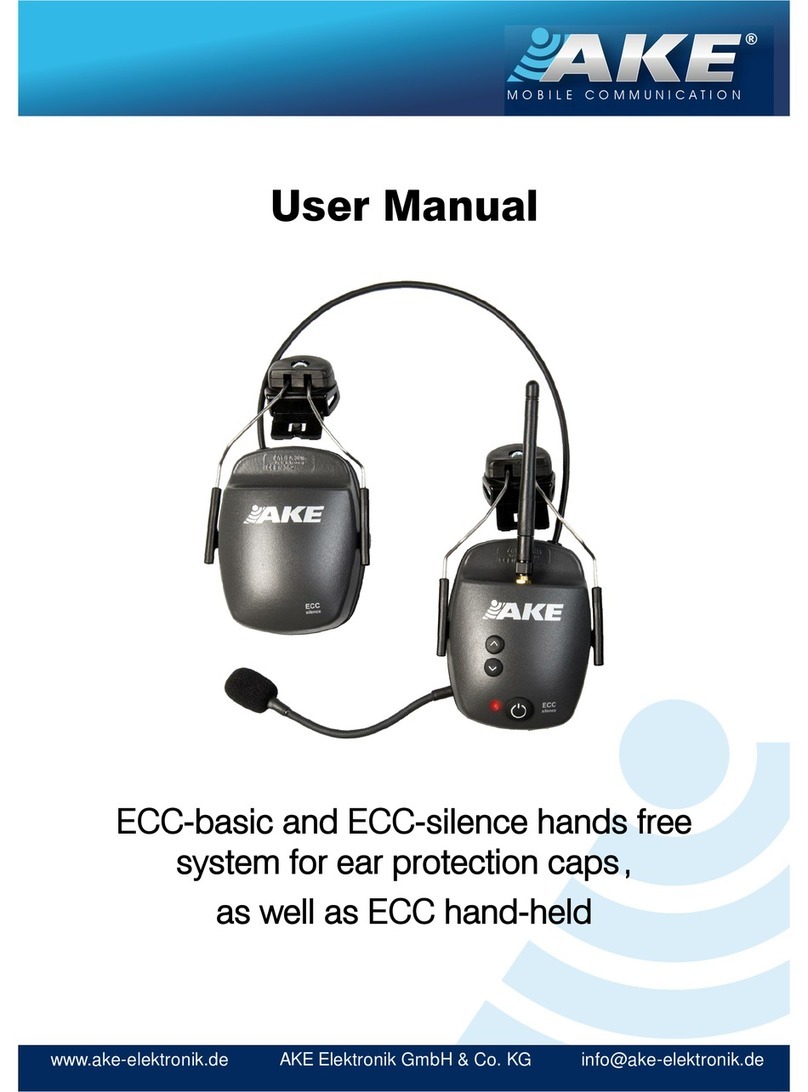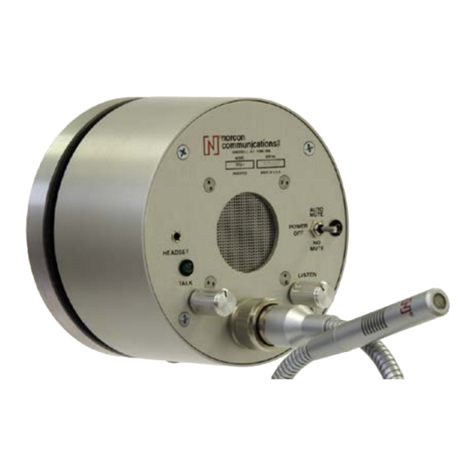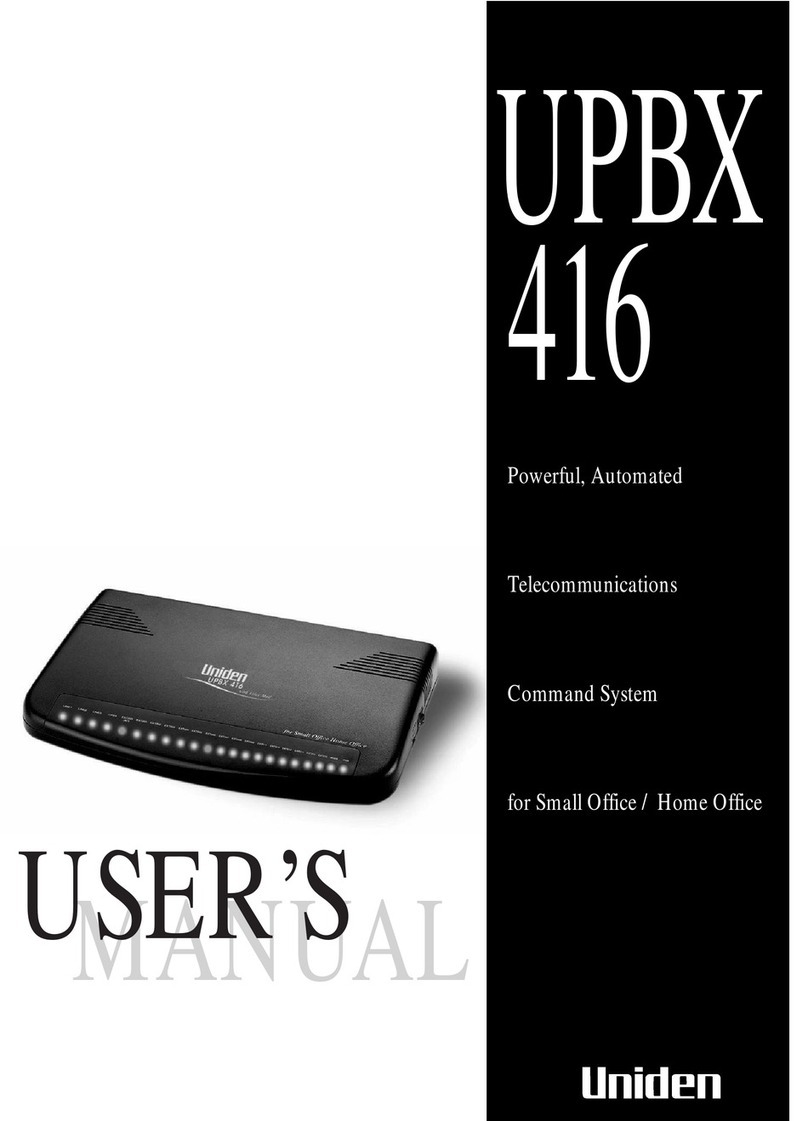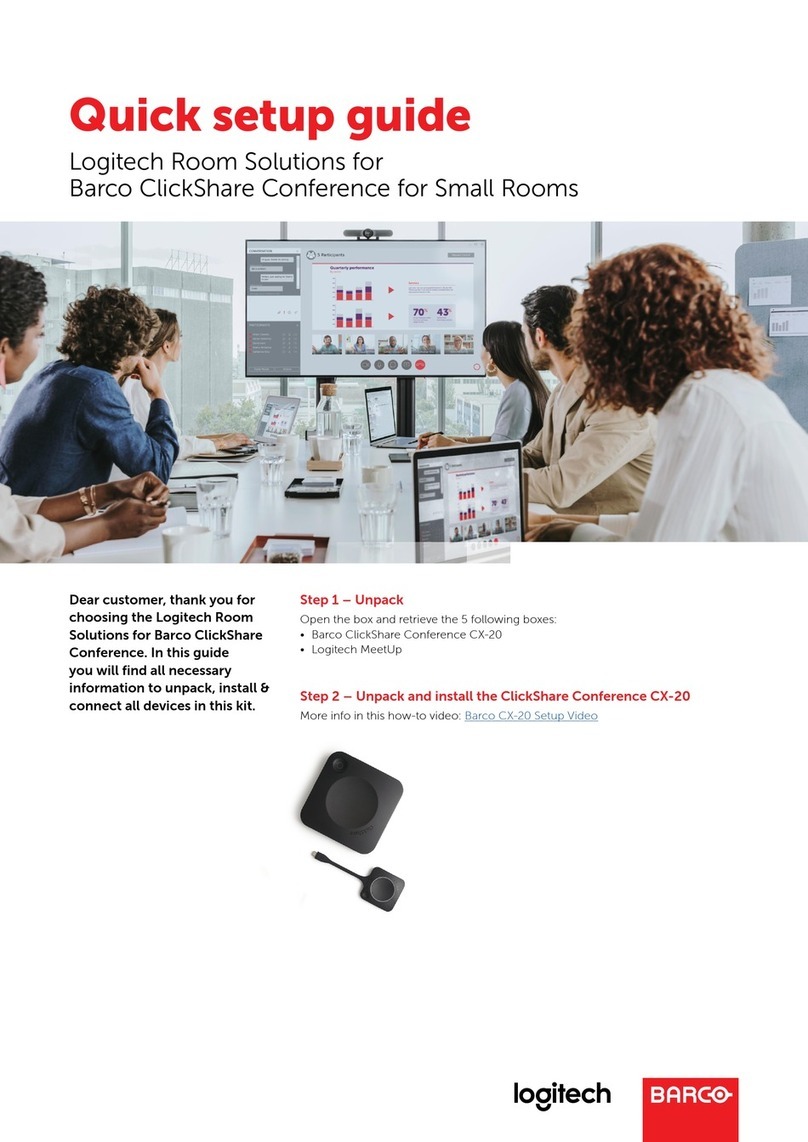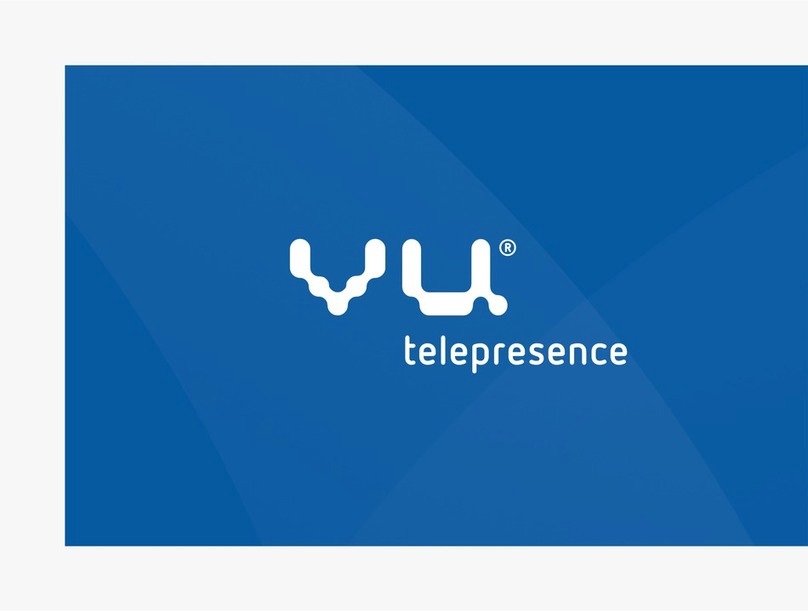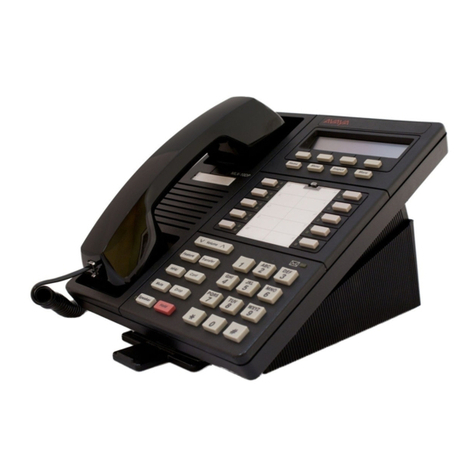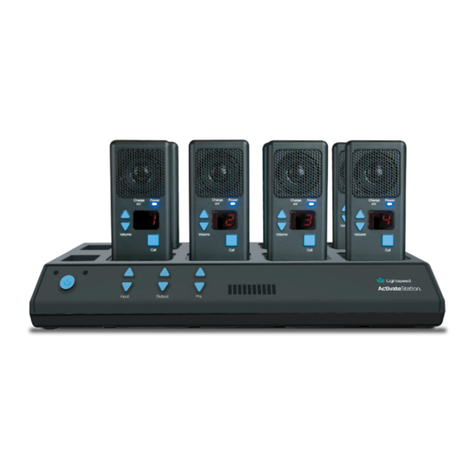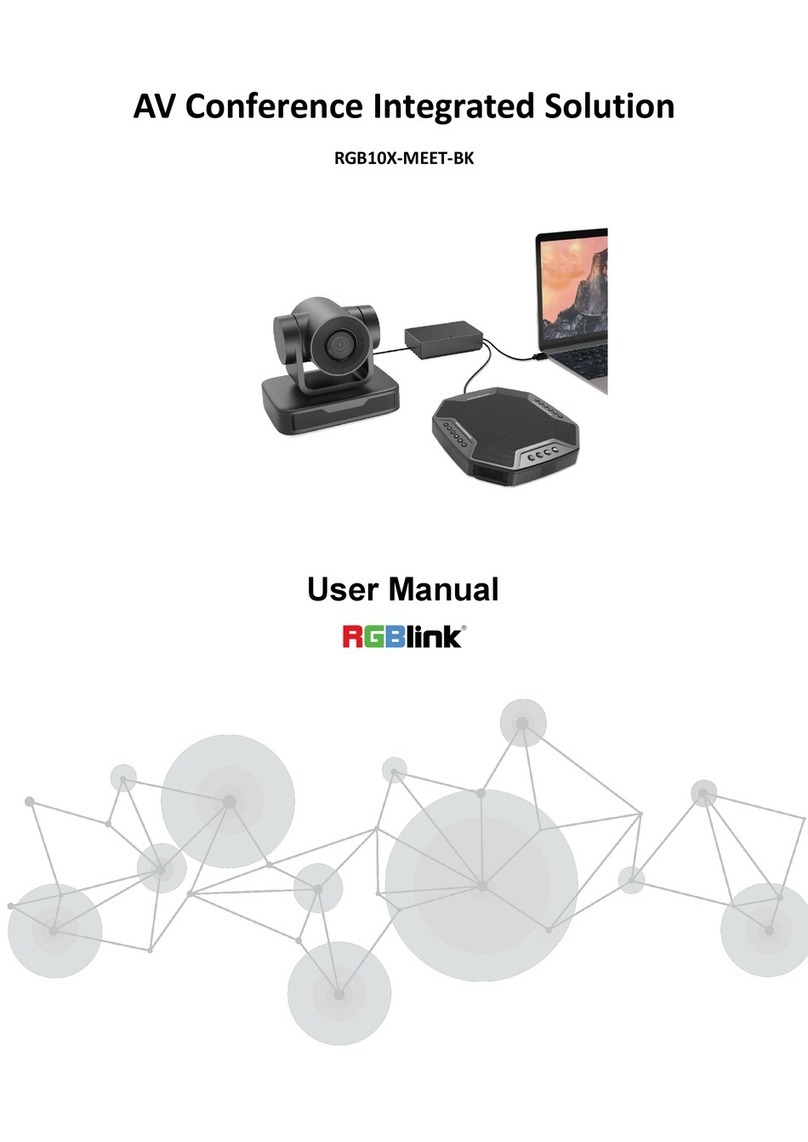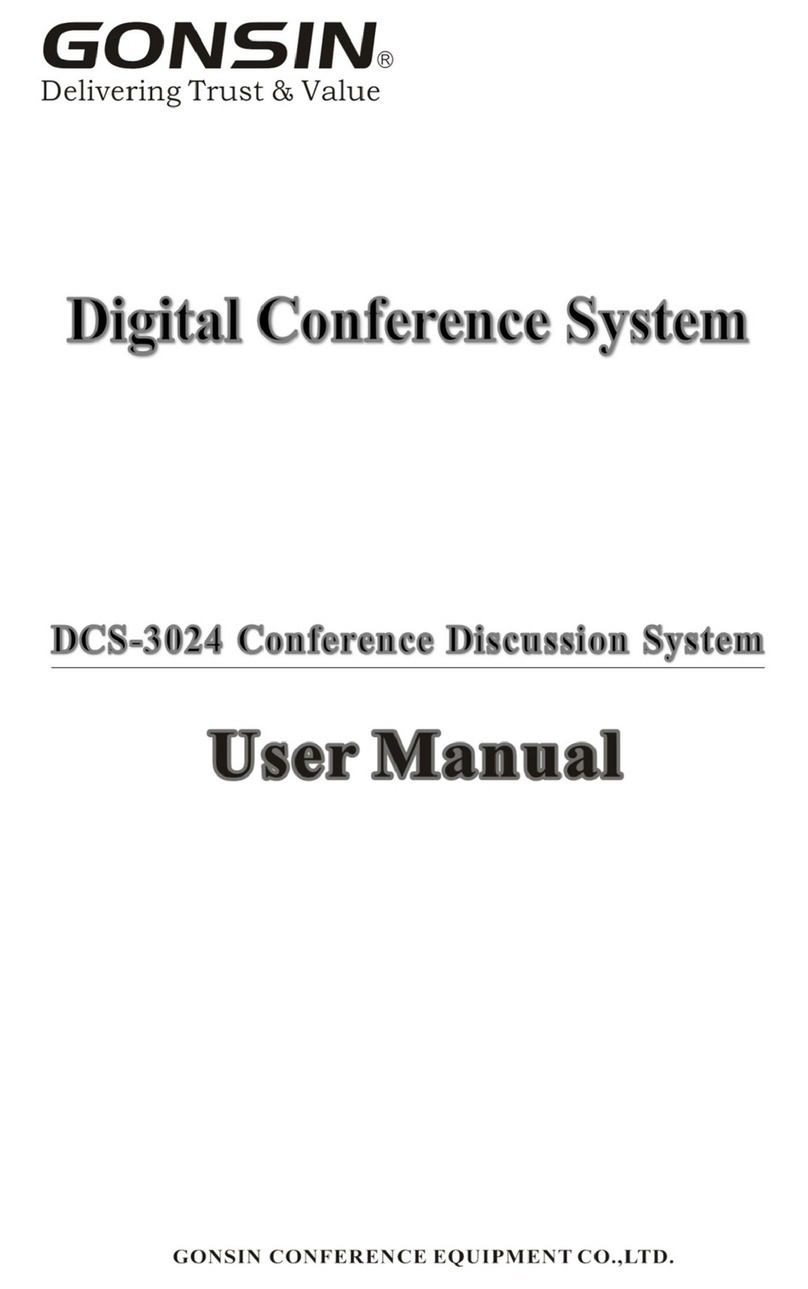TELEREADER CWR-880 User manual

OPERATING INSTRUCTIONS
FOR
TELEREADER MODEL CWR-880

FOREWORD
The TELEREADER CWR-880 you have purchased is a new model of the communication computer
system which incorporates many improvements throu h the experiences since we released the
first model of the TELEREADER.
Read throu h this manual t enjoy the TELEREADER's performance to the maximum for a lon ser-
vice life.
CONTENTS
1st Features of CWR-880 ............................................................................ 1
2ndSpecifications ....................................................................................... 1
3rd Hook-up .............................................................................................. 3
4th Front panel controls ............................................................................. 5
5th Rear panel connections ......................................................................... 6
6th Decodin when receivin tele raph ....................................................... 7
7th Decodin when receivin RTTY ............................................................. 7
8th Tele raph transmission practice ............................................................. 8
9th Random code tele raph reception practice ............................................. 8
10thTest code eneratin procedure ............................................................ 9
11thTOR ....................................................................................................9

1
1 – FEATURES OF THE CWR-880
1st CWR-880 is capable to decode any of the data currently used in radio communication and dis-
play them on the CRT screen and buil-in LCD display while printin them out at the same time.
2ndEither re ular color or monochromatic television set, character display CRT or raphic display
CRT can be used as the display monitor. (Display is iven in monochrome in every case.)
3rd Built-in printer output interface allows connection of a printer to et a hard copy.
4th Built-in CW random si nal enerator provides for practice in tele raph reception.
5th By directly connectin a key to the CWR-880, you can practice tele raph transmission.
6th In RTTY, the CWR-880 can be used as a test code enerator because the test code eneratin
function is provided in every mode.
7th With the built-in audio monitor circuit, the received or enerated si nals can be monitored at a
desired volume level.
2 – SPECIFICATIONS
1) Receivable code
CW: Morse code of alphabet and numeral characters and symbols.
RTTY: 5-unit Baudot code, alphabetic teletype.
TOR: 7-bit international FEC and ARQ error correction system in conformity with
CCIR recommendation 476.
ASCII: 7-unit ASCII code.
2) Signal reception peed
CW: 20 characters/min. - 200 characters/min. (4 - 40 wpm), automatically ad-
justed.
BAUDOT: 45.5, 50, 57, 74.2 baud.
TOR: 100 baud.
ASCII: 75, 110, 300 baud.
3) Input
AF input: 70 mV or over with input impedance of 2.2 kΩ.
Key (TTL) input: Key, contact input or TTL level input.
4) Audio frequency
CW: Center frequency 800 Hz (750 – 850 Hz, continuously chan eable).
RTTY: 1275 Hz – 2125 Hz, continuously chan eable.

2
5) Output
VIDEO OUT: 1 V
p-p
composite video si nal, NTSC system.
RF OUT: UHF (591.25 MHz) NTSC system.
Printer: Centronics compatible parallel data transmission.
KEY OUT: Key output for transmission and test code output (Transistor switchin for
+ keyin ).
6) Number of character di played
CRT: 40 characters × 24 lines (2-pa e buffer) with the operation status indication
in the bottom line.
LCD: 16 characters × 2 lines (60 -pa e buffer).
7) Mor e code, random code generator
Alphanumeric characters
Speed: 4 wpm – 30 wpm (20 characters/min. to 150 characters /min.)
8) Text code generator
BAUDOT: Continuous output of QBF.
ASCII: Continuous output of QBF.
TOR: Continuous output of QBF.
Speed of test code eneration
BAUDOT: 45.5, 50, 57, 74.2 baud.
ASCII: 75, 110, 300 baud.
TOR: 100 baud.
9) Power requirement
DC 12 V – 14 V, 720 mA
10) Overall dimen ion
W 220 mm × D 170 mm × H 50 mm
11) Weight
approx. 1.5 k
12) Acce orie
Instruction manual 1 copy
Video cable 1 pc.
Audio cable 1 pc.
Earphone plu 2 pcs.
Fuse (1 A lass tube) 1 pc.

3
3 – HOOK-UP
1) Hooking up the power upply
After makin sure that the stabilized power source provides volta e within the ran e from 12 V
to 14 V, turn off the the power switches of the power source and the CWR-880. Then connect
the red wire of the CWR-880's power cable to the positive terminal and the black wire to the
ne ative terminal of the power source.
2) Hooking up a televi ion et
Connect the RF OUT terminal of the CWR-880 and the UHF antenna terminal of the television
set with the attached video cable, after cuttin off the RCA plu at one end of the cable. The
RF output uses the 591.25 MHz channel of the television. If you receive a television broadcast
in this channel, chan e the output frequency of the CWR-880 by adjustin the trimmer capaci-
tor (VX5P) within the ran e from 573.25 MHz to 603.25 MHz.
While both monochromatic and color television sets can be used, display is iven in mono-
chrome in both cases.
3) Hooking up a di play monitor
Connect the VIDEO OUT terminal of the CWR-880 and the VIDEO IN terminal of the display
monitor with the attached video cable. While a color display monitor can be used, display is
shown in monochrome. Display monitors of horizontal synchronization frequency other than
15.75 kHz cannot be used.

4
4) Hooking up a receiver
The CWR-880 decodes audio si nal fed from a receiver. Connect the AF IN terminal of the
CWR-880 and the headphone output terminal of the receiver with the attached audio cable.
5) Hooking up key
Connect the KEY IN terminal of the CWR-880 and the contact terminal of the key with the at-
tached earphone plu . Prepare a shielded wire or a 2-core cable for the connection by yourself.
6) Connection for KEY OUT ignal
Connect the KEY OUT terminal of the CWR-880 and the KEY terminal of the transceiver with
the attached earphone plu . Prepare a shielded wire or a 2-core cable for the connection.
7) Hooking up a printer
Centronics- compatible printer of parallel interface can be used with the CWR-880. This means
that the CWR-880 can use almost all printers which are used with personal computers. A print-
er is to be connected with the printer cable available as an optional accessory.
Since LF is the only code for line feed on the CWR-880, set up the printer to enable printin
with line feed.

5
4 – FRONT PANEL CONTROLS
1) POWER: Power switch
2) MONI: Volume adjustment of audio monitor
3) TONE: Frequency adjustment of input audio si nal
CW: 750 Hz – 850 Hz, continuously chan eable
RTTY: 1275 Hz – 2125 Hz, continuously chan eable
4) CW/RTTY: CW (tele raph) / RTTY (radio teletype) selector pushbutton switch
5) MODE: Operation mode selector pushbutton
In CW operation: Alphabetical letters
In RTTY operation: Baudot
➠
TOR
➠
ASCII
6) SPEED: Baudot 45
➠
50
➠
57
➠
75
TOR Synchronized reset
ASCII 110
➠
300
➠
75
7) USOS
In RTTY operation: Unshift-on-space function pushbutton
AUTO
8) NOR
Input polarity selector pushbutton in RTTY operation: Normal
➠
reverse
REV
9) LTR
Letter case chan eover pushbutton in RTTY operation: LTR
➠
FIG
FIG
10) GEN: CW operation: Starts random code eneration. ON
➠
OFF
11) UP: Scroll up the screen
12) DWN: Scroll down the screen
(UP and DWN switches effects continuous scrollin when kept bein pressed.)

6
13) POWER Power indicator LED
14) CW Tele raph synchronization indicator LED
15) MARK
RTTY synchronization indicator LED
SPACE
5 – CONNECTION ON REAR PANEL
1) AF IN: Input terminal for audio si nal.
2) EXT SP: Output terminal for external speaker (Connected to AF IN internally.).
3) KEY IN: CW operation: Input terminal for key.
RTTY operation: Input terminal for external demodulator si nal in TTL level.
4) KEY OUT: CW operation: Output terminal for the key si nal to a transceiver. Random code
enerated is also provided on this terminal.
RTTY operation: Output terminal for test code.
5) LCD: Contrast adjust knob for LCD.
6) PRINTER: Output terminal for printer.
7) VIDEO OUT:
Output terminal for display monitor.
8) RF OUT: Output terminal for a domestic television set.
9) GROUND: Groundin terminal.
10) Red & black cable:
Power cable to connect an external stabilized power source of 12 VDC to 14 VDC,
1 A or over.

7
6 – DECODING WHEN RECEIVING TELEGRAPH
1) Set the desired reception sound volume with the AF control of the receiver.
2) If your receiver set is equipped with a CW filter, make the CW filter effective.
3) If your receiver is equipped with IF shift control, pass band tuner or notch filter, set the peak
reception volume at the frequency of 800 Hz.
4) Set the TONE control knob of the CWR-880 at the center position and tune the receiver to re-
ceive 800 Hz si nal. CW LED will flicker in synchronization with the reception sound and de-
coded characters will be shown on the display monitor. If the CW LED does not flicker in syn-
chronization with the reception sound, decodin is not done normally; tune the receiver a ain
or make fine adjustment with the TONE knob.
7 – DECODING WHEN RECEIVING RTTY
* Teletype for amateur radio station
1) When the CW/RTTY selector of the CWR-880 is set to RTTY, a messa e "BAUDOT SPEED 45b
NOR" appears on the display, which shows that the reception with an amateur radio station is
enabled. Place the TONE VR knob at the position "HIGH" and set the receiver in LSB or FSK
mode. Turn the receiver tunin dial radually from the position of lower beat to that of hi her
beat. First the MARK LED flickers. Tunin the dial further to hi her position (shiftin by 170
Hz), the MARK LED and SPACE LED will flicker with correct decodin started. Flickerin of only
the SPACE LED indicates improper tunin . In such a case tune the receiver a ain or adjust the
TONE VR finely to make the MARK LED also flicker.
2) When the received characters are chan ed to numerical fi ures or symbols due to noise or oth-
er interference durin reception of ordinary alphabetical characters, set the USOS switch in ON
position and normal alphabet will be obtained when space si nal is received.
3) LTR/FIG switch is to chan eover between alphabet and numeral every time it is pressed. When
alphabet is chan ed to numeral due to noise or other interference, press this switch to obtain
the normal decodin .
4) Set the NOR/REV switch to REV to receive si nals of reverse shift. Reverse shift is obtained al-
so when receivin from KEY IN (TTL IN).
* Teletype in commercial station
While settin procedures for teletype in commercial station are almost the same as those of
amateur station, the receiver mode is to be set to USB. As the transmission speed of 50 baud
is widely used, set the SPEED to 50b. Since some stations transmit at 57 or 75 baud, try these
speeds if normal decodin is not obtained. Si nals from many unidentified stations cannot be
decoded at all. Because si nals from commercial stations have wide shift width, tunin is easier
than amateur station.
* Teletype of TOR system
TOR system teletype is equipped with automatic error correction function which corrects a mis-
received character automatically. Intermittent reception sound like "chee chee chee" is iven in

8
ARQ operation and rapid continuous reception sound at 100b is iven in FEC operation. The re-
ception speed is fixed to 100b by pressin the MODE switch to select TOR.
The followin status indications are shown on the display:
WAIT: Standby for si nal reception where all si nals and noises are i nored until TOR si -
nal is received.
IDLE: When a TOR si nal is received and tuned with the CWR-880, IDLE is displayed in-
stead of WAIT.
TRAF: When a messa e is received in IDLE status, the indication chan es from IDLE to
TRAF and decodin is started.
ARQ and FEC are discriminated in the CWR-880 automatically and ARQ or FEC is indicated.
AMTOR used by amateur radio stations are conformity with international codin system and
synchronization resettin can be done with the SPEED button.
* In ASCII and JIS codes, which are rarely used in short wave and, 110 baud is usually adopted.
The demodulator incorporated in the CWR-880 can match at a speed of up to 110 baud. For
si nal reception at a speed over 110 baud, use a hi h speed modem with its output si nal fed
to the KEY IN (TTL IN) terminal.
8 – PROCEDURE FOR PRACTICE OF TELEGRAPH
TRANSMISSION AND RECEPTION
1) Turn on the power switch and a messa e "MORSE ENG" will appear.
2) Connect a key to the KEY IN (TTL IN) terminal of the CWR-880 and strike Morse code. The de-
coded characters will be shown on the display.
3) Strike the key correctly so that correct characters are displayed, for a si nal not defined in the
Morse code system cannot be decoded.
9 – PRACTICE OF TELEGRAPH RANDOM CODE RECEPTION
1) Select "MORSE ENG" mode and press GENE button. Transmission sound will be iven followed
by the display of character correspondin to the enerated code. Five characters are sent as
one block.
2) Every time the SPEED switch is pressed, the speed is increased by 1 wpm from 4 wpm to 30
wpm. 4 wpm comes next to 30 wpm.
3) With a printer connected, the displayed characters can be continuously printed out.
4) Press the GEN button a ain to stop the random code eneration.
NOTE: Speed can be converted from wpm to characters/min. by multiplyin wpm by 5.

9
10 – TEST CODE GENERATING PROCEDURE
1) Set the CW/RTTY selector to RTTY.
2) Set the MODE button to the desired mode.
3) Press the GEN button. The audio monitor will ive a transmission sound and, at the same time,
a test code will be provided at the KEY OUT terminal.
4) The speed can be chan ed by pressin the SPEED button.
5) In TOR mode, ARQ or FEC is selected by pressin the USOS/AUTO switch.
6) Press the GEN button a ain to stop the test code eneration.
11 – TOR
The CWR-880 is equipped with TOR mode decoder function which is not widely known. Here the
outline of the TOR mode and the operatin procedure will be explained.
TOR is a communication system in conformity with the CCIR recommendation 476-2 which was
adopted in the second eneral meetin of CCIR in 1970 for the purpose of improvin the maritime
communication, comprisin two fundamental communication modes, ARQ (Automatic Request for
Repetition) and FEC (Forward Error Correction).
ARQ (Automatic Request for Repetition)
ARQ is used mainly in individual communication between a coast station an a ship station. In ARQ
mode, if an error is detected in the received characters, request for retransmission is sent auto-
matically until the correct character is received, ensurin virtually error-free transmission. In this
mode, however, only one receivin station is allowed, renderin the communication privacy. (But
the CWR-880 is capable of decodin the communication between two stations by means of a spe-
cial method.)
FEC (Forward Error Correction)
FEC is a one-way error correction system of time diversity feature which transmits the same char-
acter twice. An erroneous character which cannot be corrected is shown by a space. This system is
suited to the transmission of a same messa e to a number of stations, such as broadcast transmis-
sion.
Amateur radio station
(Since AMTOR for amateur stations conforms to international standard, an amateur station can re-
ceive with international TOR system.)
3.5 MHz band: Around 3.574 MHz, around 3.630 MHz
7 MHz band: 7.075 MHz – 7.095 MHz
10 MHz band: Around 10.145 MHz
14 MHz band: 14.070 MHz – 14.080 MHz
21 MHz band: Around 21.075 MHz
28 MHz band: Around 28.705 MHz
Table of contents
